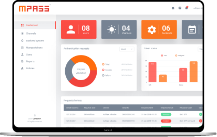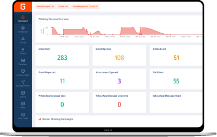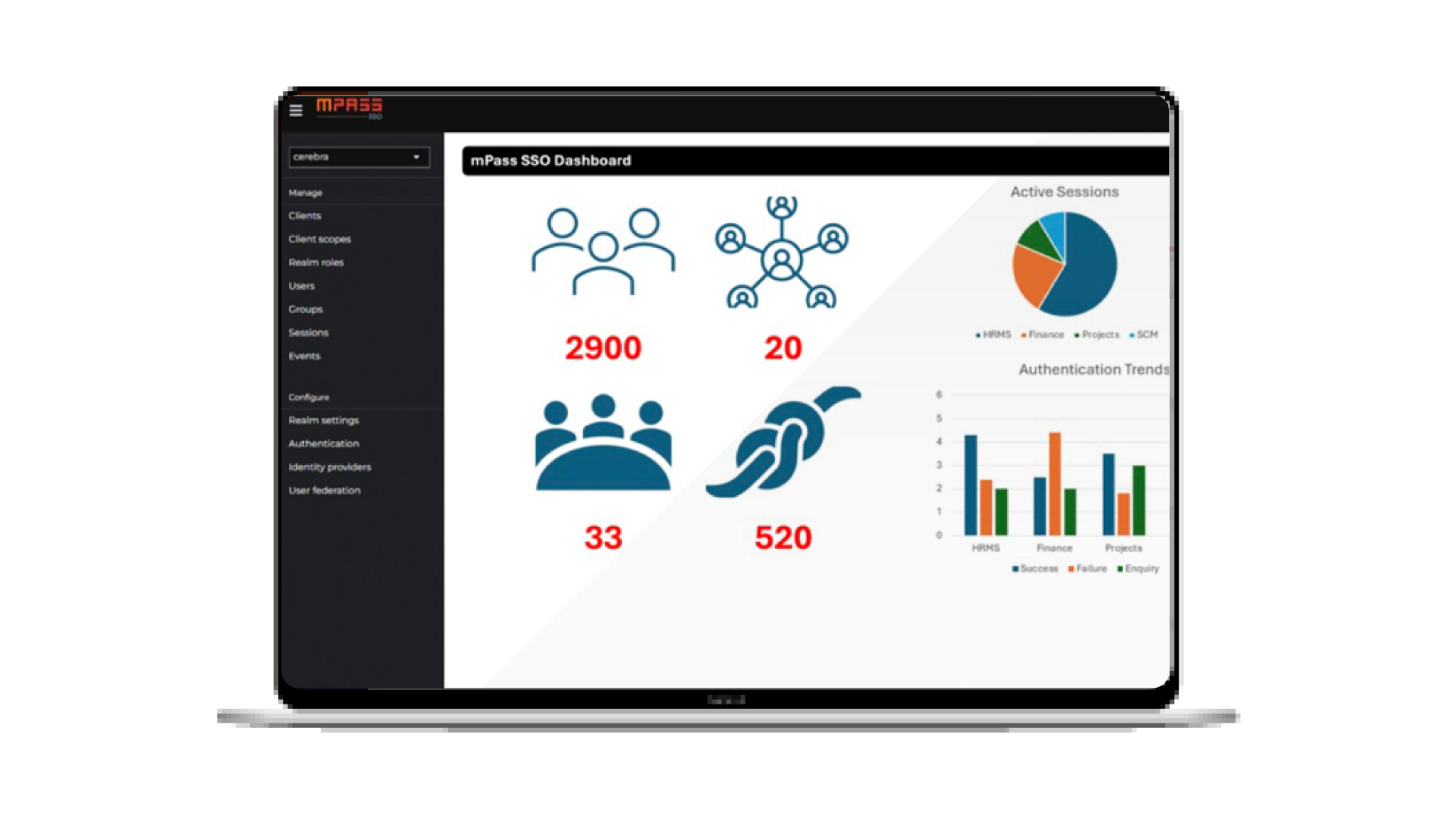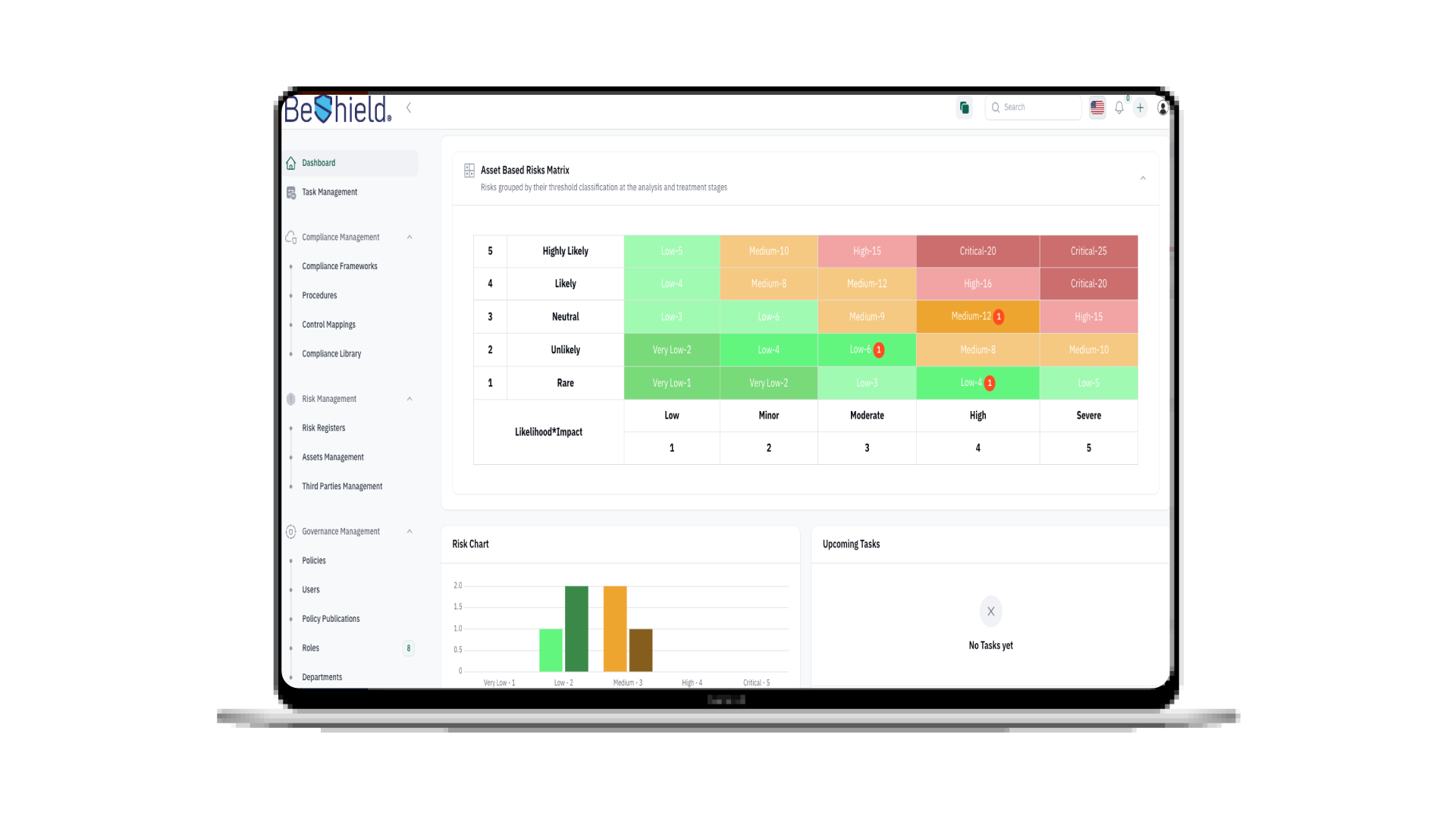Cybersecurity Threats Against the Healthcare Industry
The healthcare industry is known for being one of the primary targets for cybercriminals, and by 2020 it was ranked as the seventh most attacked sector of Cybersecurity Threats. Unfortunately, hospitals, clinics, and medical laboratories have experienced a rise in these attacks in the last two years. And with the recent pandemic, cybercriminals took advantage of this event and launched many of their destructive plans.

These attacks are mainly motivated by financial gain. They either sell the stolen data or request ransom money from their victims to enable them back access to their data. For instance, at the end of 2020, a major cyber-attack was conducted on Universal Health Services in the United States.
Around 400 locations have had their computers compromised which resulted in staff manually recording patients’ information with a pen and paper.
All these successful attacks could have been eliminated if medical practices and hospitals update their IT systems as well as frequently educating their staff.
So, what are the 5 major cyber threats the healthcare industry faces?
5 Major Cybersecurity Threats
1. Ransomware: This type of threat is a form of malware that encrypts all data on electronic devices (mobiles, computers, etc.) and prevents the owner from accessing it. Next, the owner will receive a message stating that they will be able to gain back access if a sum of money is forwarded.
The average sum requested from healthcare institutions is $131,304 but this deal comes with no guarantees. This type of threat is one of the most common kinds of cyber-attacks that the healthcare industry suffers from. In May 2021, almost 48 ransomware attacks have targeted hospitals in the US alone and 82 attacks globally from the beginning of the year (HHS Cybersecurity Program Ransomware Trends 2021).
Earlier this month, a ransomware attack was made on the University Medical Center of Southern Nevada, exposing a number of sensitive data of patients, which then was publicly published on the internet. Thankfully, this attack did not affect patient’s treatment, but the situation is still being resolved to this day.
2. Insider Threat: An inside threat refers to employees or individuals with permitted access that may potentially damage an information management system by disrupting, revealing, or altering sensitive information. According to Verizon’s 2021 Data Breach Investigations report, insiders are thought to be responsible for roughly 22% of security issues, and employees exploiting their access credentials is relatively common in the healthcare industry. Malicious insiders typically commit this act for financial gain 64% of the time and 17% do it for their own amusement.
This past April, a certified nursing assistant working in a senior living center is facing several identity theft charges after stealing money from six of her elderly residents. These incidents could occur if the proper protocols are not set in place.
3. Bad Bots: In the cyber world, there are Bad Bots and Good Bots. Bad Bots are programmed to carry out a wide range of malicious tasks. They are usually utilized by scammers, cybercriminals, and other malicious parties engaged in various unlawful operations and who work in an evasive manner. In 2020, 8% of cyber-attacks on the healthcare industry were made through Bad Bots resulting in healthcare websites experiencing a 372% increase of Bad Bot traffic from September 2020. With the availability of the Covid-19 vaccine, any hospital or pharmacy providing it can be subjected to this attack.
This resulted in Bot activity peaking at 12,000 requests per hour. These Bots can disrupt the supply chain for health institutions and pharmacies participating in the vaccine distribution, they contaminate the network and make it onerous for genuine users to book an appointment. These Bad Bots have caused reputational and financial harm for institutions especially the United States who is the main victim to this type of attack with 37.2%.
4. DDoS Attacks: This kind of cyber-attack is developed to prevent users from accessing their network and websites. A cybercriminal can prohibit genuine users from accessing a website by flooding the intended network with many requests.
DDoS attacks are difficult to detect because they can occur from practically anywhere and from multiple sources making it difficult to stop and it may appear to the victim as just some internal technological issue. Healthcare providers have been the prime targets of this attack since the beginning of the pandemic.
This caused a delay of services for their patients but thankfully DDoS attacks do not meddle with the data. In Q1 of 2021, DDoS attacks exceeded 1,800 attacks in January but surprisingly declined in numbers two months later. Despite the low numbers, protecting your networks is a given priority.
5. Email phishing: Many healthcare industry employees blindly cooperate with their attacker by email due to a lack of awareness. Phishing emails usually contain a link or an infected file that can download malicious viruses, keyloggers that can track every click of the person’s keyboard or Ransomware to encrypt data in exchange of ransom.
Starting from 2020, email phishing has been on the rise in the healthcare industry. A recent phishing attack was made on a physician working in Swedish Hospital in Chicago. The physician’s stolen account was used to trick colleagues into opening malicious emails.
The health institution began notifying 4,206 patients that their data had been compromised but thankfully Swedish’s email system prohibits users from downloading or printing any emails containing protected health information, potentially preventing the hackers from gaining access to patients’ information.
According to the news release, Swedish hospital do not believe the hackers’ purpose was to download PHI (Protected health information) but they did have access to patients’ personal and treatment info.
How to Limit these Cybersecurity Threats?
Unfortunately, cybersecurity in the healthcare industry is lacking and is considered a secondary priority to many. Specifically, with the transition to WFH, cybercriminals have taken advantage of the unsecured devices used by the healthcare workforce.
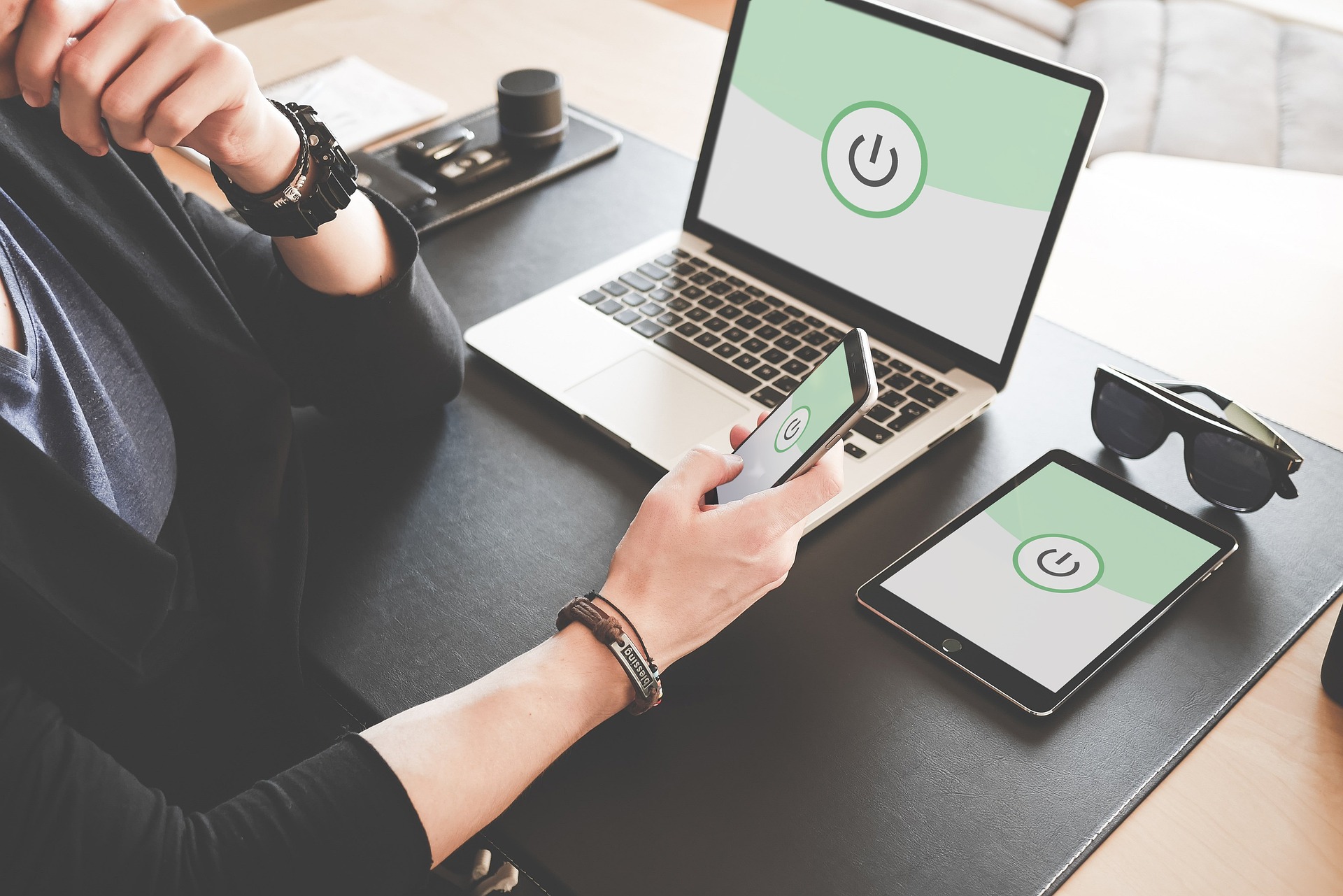
1- Understand your precious asset: It is recommended to at least identify and secure the most salient data and focus on protecting them first.
2- Be Aware and Vigilant: The core and key step to securing hospitals, pharmacies, etc. is to train and educate all personnel, proper training should be one of the essential investments made. Training your workforce on how to be vigilant and aware of the circulating trick of these cybercriminals. Human error is more common than realized.
3- Patch your systems: A 2020 threat report by Unit42 revealed that 83% of medical imaging devices run on unsupported operating systems. This makes cybercriminals’ job easier, they either intercept medical data and images, modify information or delete valuable data.
4- Back up: The most dependable precaution is to back up your data in multiple places, especially hospitals that hold valuable information regarding their patient’s health.
In Conclusion:
Unfortunately, no industry has been more affected by Cybersecurity Threats more than healthcare, reports of millions of dollars being stolen or used to pay ransoms each year is escalating. It is unthinkable to see patients unable to be treaded in a medical center or not to receive their medicine due to a ransomware.
These threats and attacks made on healthcare can destroy the industry if precautionary measures are not taken. With the right awareness and investment made, the healthcare industry will protect their valuable data. It is always easier and cheaper to prevent an attack than it is to cope with the aftermath.
Also Read: Insider Threats in Cyber Security
The first step toward cybersecurity is awareness!
Share this article:
Popular
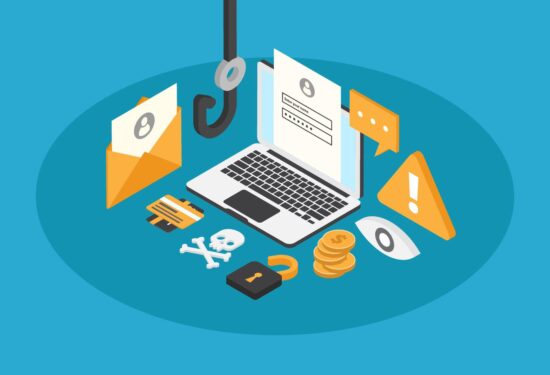
Top 3 Phishing Types and How to Prevent Them in 2025
Phishing Types: Spear Phishing, Smishing & How to Avoid Phishing Emails The Enduring Threat of Phishing Phishing types like spear phishing, smishing, and whaling are becoming more sophisticated in 2025, making it harder than ever to avoid phishing emails. This guide explores the most dangerous phishing types and shows you how to recognize and prevent them before they cause harm. The National Cybersecurity Authority (NCA) reinforces this urgency with its awareness message: ‘Stop for 5 seconds… Guard Your Cyberspace.’ What Is Phishing? Phishing is a cyberattack where malicious actors impersonate trusted entities—like banks, government agencies, or delivery companies—through emails, ...
5th Aug 2025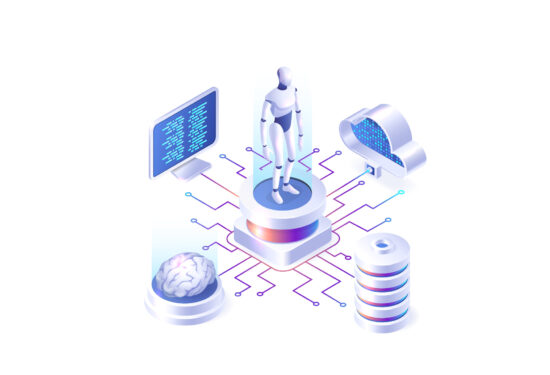
5 Benefits of Using AI in Cyber security | Artificial Intelligence
Using AI in Cybersecurity We should start learning using AI in cyber security because Hackers aren’t going to slow down any time soon and with a using AI! The next step to level up in protecting your business’s IT infrastructure is to integrate artificial intelligence. Studies have revealed that AI will strengthen the wall between systems and cyber threats. According to an IBM report, the average total cost of a data breach increased in 2021 from $3.86 million to $4.24 million. Cybercriminals are becoming more sophisticated and advanced in their attacks resulting in this significant rise in cost. They are elevating ...
1st Aug 2025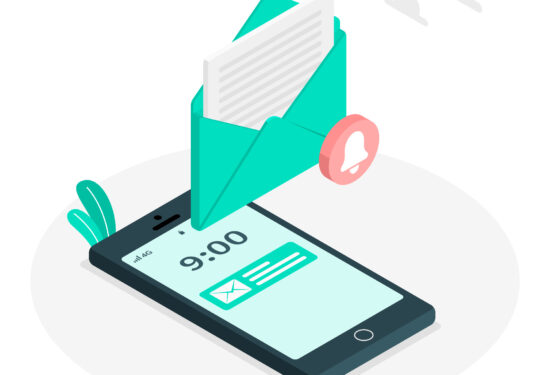
6 benefits of SMS Marketing you should know!
6 benefits of SMS Marketing you should know! Have you ever used SMS marketing to reach and communicate with your audience, if not! I’m sure that you will change your mind when you read about the benefits of SMS Marketing, continue this article to learn.. Many businesses are constantly seeking ways to interact with and attract new customers. Their joint objective is to reach a wider audience. To do so, communication is key. There are many ways for businesses to communicate with their audience, either by email, social media, or adverts, but the most beneficial marketing method, that is often ...
30th Jul 2025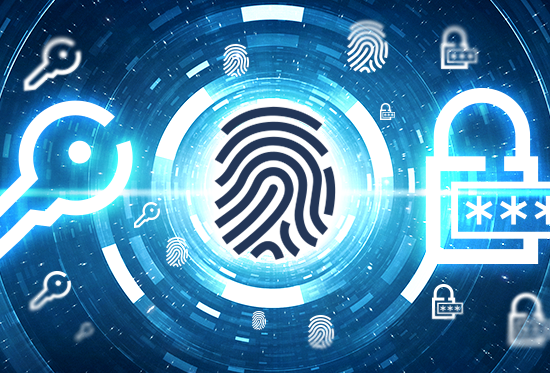
MFA: the New Firewall In the 21st century
MFA- Multi Factor Authentication This article will help you to understand why Multi Factor Authentication( MFA )became an important architectural component in protecting us in the new Working From Home. Introduction In the early days, Cybersecurity (then called IT Security or information security) used to be merely a username and password. If you ask to someone, they would say I have a username and password so I am safe. It wasn’t much of the internet at that time. Eventually, people have learned that password isn’t sufficient to protect their digital assets. So Antivirus (AV) software flourished and we saw a ...
20th Jul 2025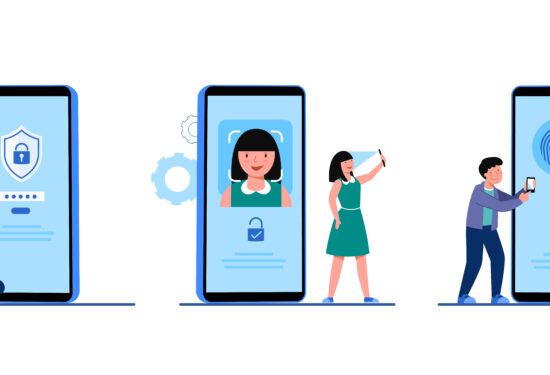
What is the role of MFA? |ECC & SAMA Compliance
ECC & SAMA Compliance with MFA solution Do you know that there are a great MFA solutions in market today help your organization for ECC & SAMA Compliance? this article will show you how and we will provide you the most incredible MFA solution help to comply with Cybersecurity regulation in KSA.. With the world of cyber threats becoming more intense than ever, organizations need to comprehend the need for an improved cybersecurity framework. The universal goal is to protect the organization’s network from any outsider or insider threats, especially with the addition of remote work resulting from the COVID-19 ...
15th Jul 2025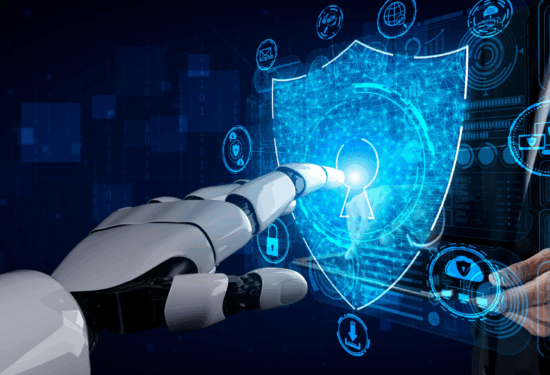
The AI Revolution in Cybersecurity: A New Frontier of Defense
The AI Revolution in Cybersecurity: A New Frontier of Defense The rapid evolution of Artificial Intelligence (AI), especially with the rise of Generative AI (GenAI), is reshaping every industry, and cybersecurity is no exception. As cyber threats grow in complexity and scale, AI is emerging as a powerful ally, offering innovative solutions to protect digital assets and infrastructure. At Cerebra, we explore how AI is reshaping the cybersecurity landscape—from enhancing threat detection to automating response mechanisms—and highlight the critical role it plays in building resilient defenses for a constantly evolving threat landscape. AI-Powered Threat Detection and Prevention Traditional cybersecurity approaches ...
6th Jul 2025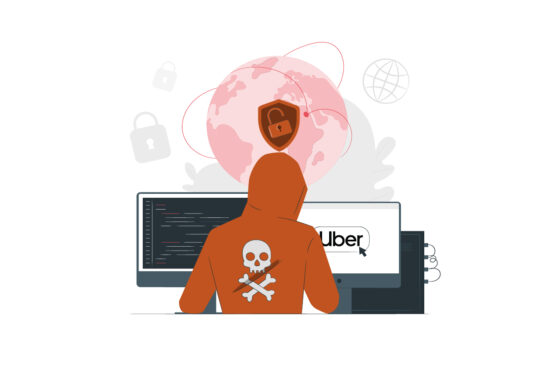
Uber security breach by 18-year-old Hacker!
Uber security breach by 18-year-old Hacker! Uber security breach proves that the largest companies can be hacked by teenagers! this news will undoubtedly shock you.. How Uber security breach happened? Uber recently experienced a cyberattack where an 18-year-old hacker accessed their systems by launching a successful social engineering attack on an employee. The hacker used stolen employee credentials to launch an MFA (Multi-Factor authentication) Fatigue attack. It is an attack where a victim receives multiple requests from their MFA application till it bothers them out leading them to eventually accept the request. The teenage attacker did not disclose how he ...
15th Jun 2025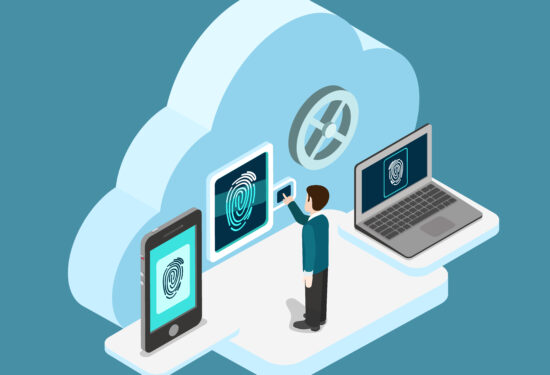
Biometric Authentication: Is it reliable?
Biometric Authentication The history of bio-metrics used as an authentication tool dates to the 1800s. It was first used by the French to identify criminals through their fingerprints, which later the English police commissioner, Edward Henry, developed HCS “Henry Classification System”. It was a system that relied on fingerprints to identify people who have been prosecuted, it was a prime way of classification used by the police during the 20th century. As the years continued, new biological traits started being used in biometric authentication which in result are replacing traditional methods of authentication. Any invention introduced in the cyber world ...
10th Jun 2025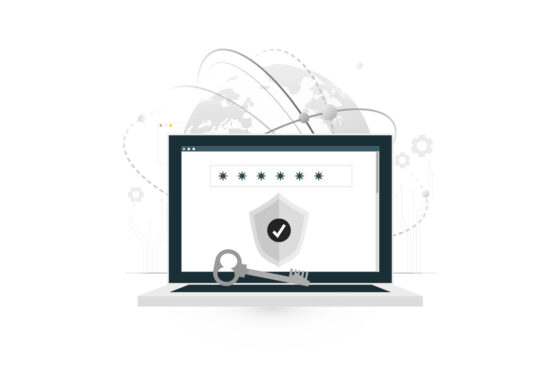
6 Tips to create a strong password easily!
Create a strong password easily! Today it’s very important to everyone who have an account either on social media or any other websites or services to Create a strong password, because you have to treat your password as your best stuff’s and protect it from others. Learn now the easiest and best tips you have to follow to make a strong password.. What is Password? A password is a string of characters that provides access to a digital system or service. It is a crucial security measure that helps to protect sensitive information from unauthorized access. Passwords can be as simple as a word ...
1st Jun 2025

